Nevada officials, native community members grapple with high rate of missing and murdered indigenous women
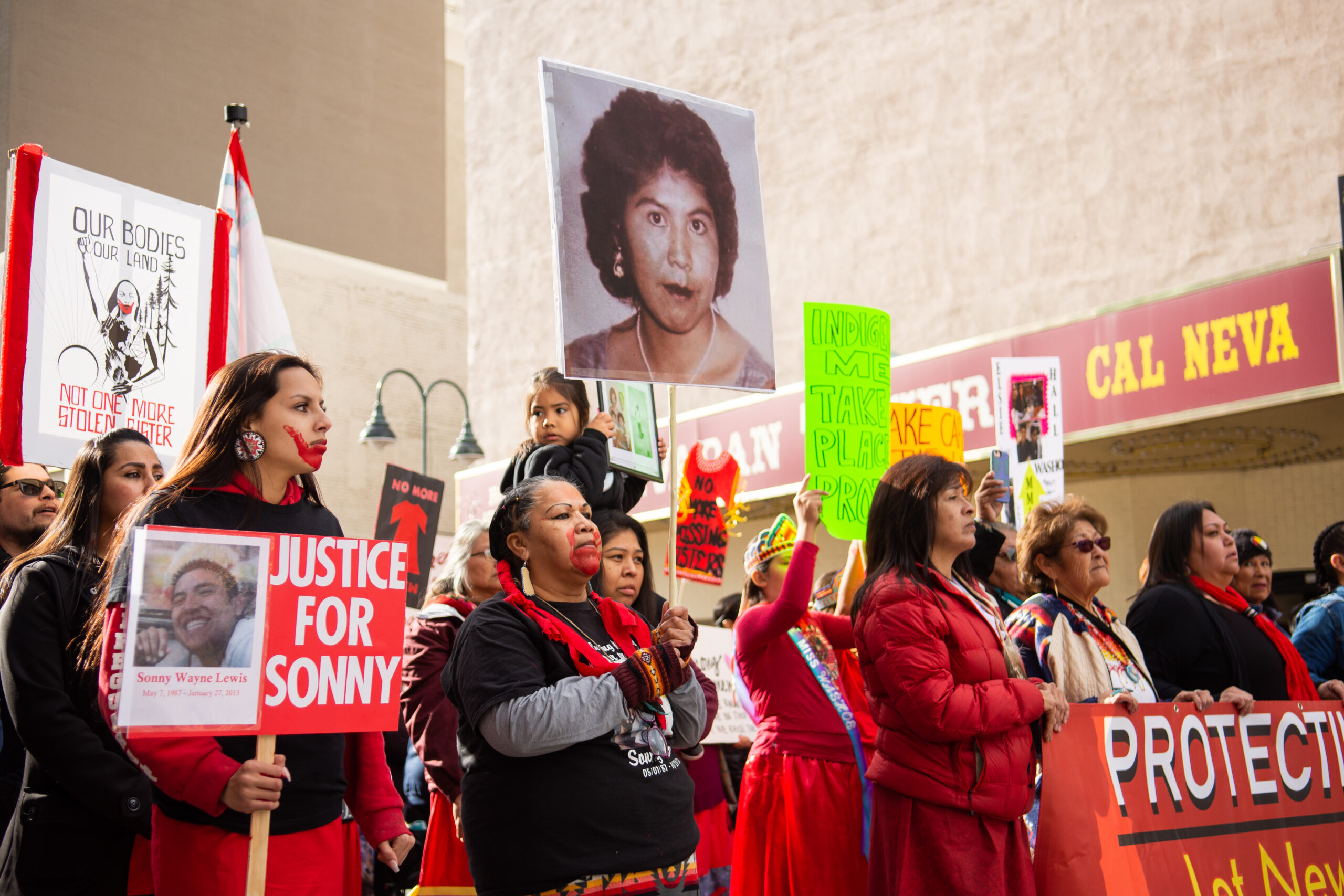
An indigenous woman lies flat on the ground, immobile.
As a drum slowly crescendos, she tries to rise, struggling against an invisible weight pinning her to the ground. But then the sound of the drumbeat fills the space, and she moves with graceful strength, embracing the music and losing herself in the dance until she is fully upright, fist in the air.
"I end with my fist in the air for all the women who aren't with us or who need to feel their strength, as I'm trying to feel mine," Fawn Douglas told The Nevada Independent as she described a dance she choreographed titled "Rise of the Deer Woman."
Douglas is an indigenous American artist, activist and registered member of the Las Vegas Paiute Tribe. For her, the dance is more than a performance. She created it to process her experience of sexual abuse as well as the crisis of missing and murdered indigenous women (MMIW), which she says began with European colonization and has more recently been gaining attention through social media campaigns and hashtags such as #MMIW and #NoMoreStolenSisters.
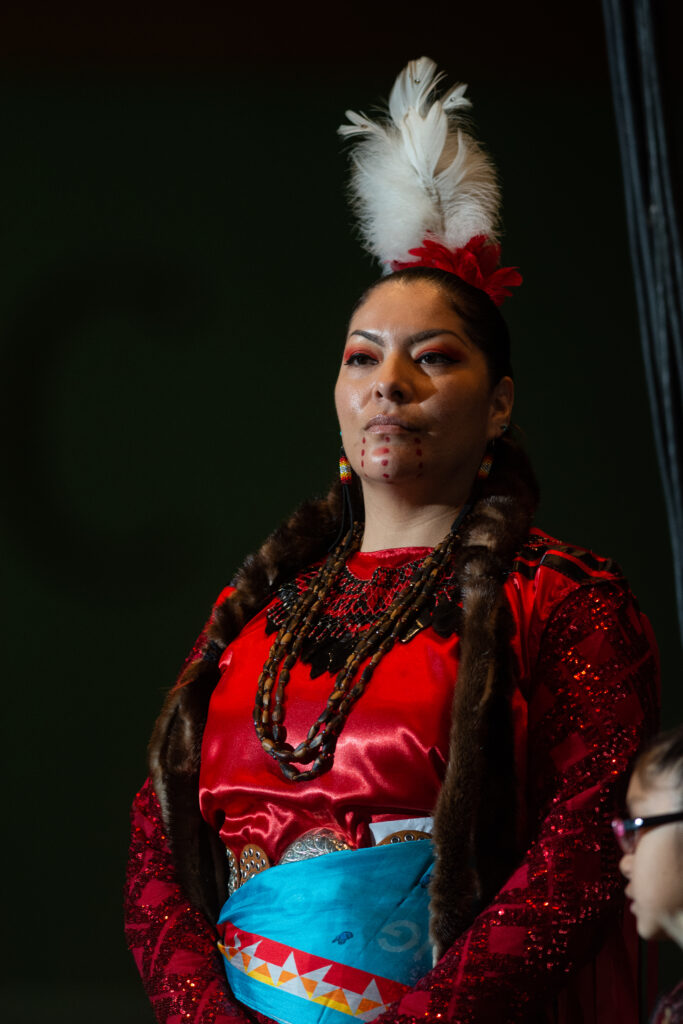
More than 5,712 initial reports of missing indigenous girls and women were logged with the FBI’s National Crime Information Center in 2016, including 669 cases that still remained active and unsolved by the end of that calendar year. Homicide was the third leading cause of death for indigenous American women ages 1 to 19 and the sixth leading cause of death for those ages 20 to 44, according to Centers for Disease Control and Prevention data from 2016.
Since the fall of 2018, the U.S. attorney’s office in Nevada reported prosecuting five murders on tribal lands in Nevada — including four in which the victims were women, reflecting the nationwide pattern of violence against Native women. An estimated 51,600 American Indian and Alaska Native people live in Nevada, not including those who are mixed race.
As cases of missing and murdered indigenous women and girls have become more public, the White House and Congress have begun to acknowledge and address the issue, including the jurisdictional overlaps that complicate the path to justice.
New federal funding for the U.S. attorney’s office in Nevada is earmarked specifically for addressing MMIW, and on Wednesday, the U.S. Senate and a House committee unanimously passed Savanna’s Act, a bill co-sponsored by Nevada Sen. Catherine Cortez Masto that is designed to increase communication between government and tribal jurisdictions and strengthen crime data collection.
Savanna’s Act is named for Savanna LaFontaine-Greywind, a member of the Spirit Lake Nation who was 22 years old and eight months pregnant when she went missing from her home in North Dakota in 2017. Neighbor Brooke Crews later admitted to murdering Lafontaine-Greywind when cutting the mother’s unborn baby out of her womb.
Crews was sentenced to life in prison, while the baby, Haisley Jo, survived and is now living with her relatives.
LaFontaine-Greywind’s story drew attention to the disproportionately high levels of violence against women in Native communities. Statistics from the Department of Justice show that Native people are two and a half times more likely to experience violent crimes than other ethnicities, and a large portion of these cases go unsolved and unreported.
Out of the 5,712 missing indigenous girls and women nationwide reported to the FBI in 2016, only 116 cases were logged in the justice department’s public-facing missing persons database.
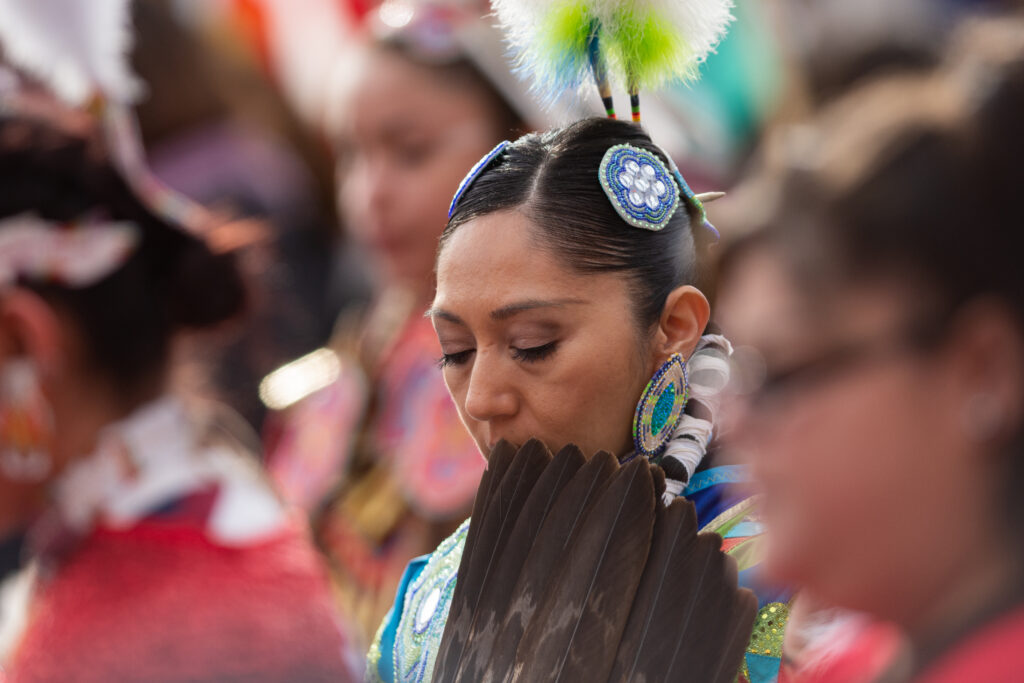
The gap illustrates the challenges of inconsistent record-keeping between jurisdictions. The FBI’s missing persons database is accessible to only authorized agencies and is not connected with the justice department’s public-facing system, which only nine states’ law enforcement officials are required to use.
Case statistics can be drawn from three different sources — the FBI, the Executive Office of U.S. Attorneys (EOUSA) and the Bureau of Indian Affairs (BIA). There is no system or database that exists for collecting and analyzing all Indian Country crime and prosecution across sovereigns.
Stacey Montooth, the executive director of the Nevada Indian Commission, told The Nevada Independent in February that incomplete data results in a lack of solutions or effective legislation for these crimes.
“It’s hard to shape policy if you don’t know what you’re dealing with … At the core of this epidemic is that we don’t know [what’s going on] because the record-keeping is so poor,” Montooth said.
Hurdles to justice
The root causes of the MMIW crisis are many. The situation can be connected to human trafficking and the drug trade as well as “man camps” — predominantly male settlements typically located in close proximity to Indian reservations and populated by workers in the oil and mining industries.
Mark Charles, a Navajo man featured in Somebody’s Daughter, a documentary film about MMIW, traced the inhumane treatment of indigenous people to the United States’ Declaration of Independence. He said the document created a foundation for mistreatment by referring to Native people as “merciless Indian Savages,” framing them as less than human and unworthy of the same respect as white, land-owning men.
And then there are complications about who is responsible when violence does happen. If the BIA or tribal officers believe that there's a violation of federal law or a felony, they will call the FBI or the BIA to take the role of “primary lead investigator.”
But that responsibility has shifted somewhat in recent years. The 2010 Tribal Law and Order Act increased tribes’ ability to prosecute more serious crimes and gave the Bureau of Indian Affairs and tribal police more access to criminal information databases.
In an interview with The Nevada Independent, Nevada U.S. Attorney Nick Trutanich said the 2010 act aimed to enhance reporting and outreach, “to make sure that all U.S. Attorneys were singing off the same sheet of music, so to speak,” he said.
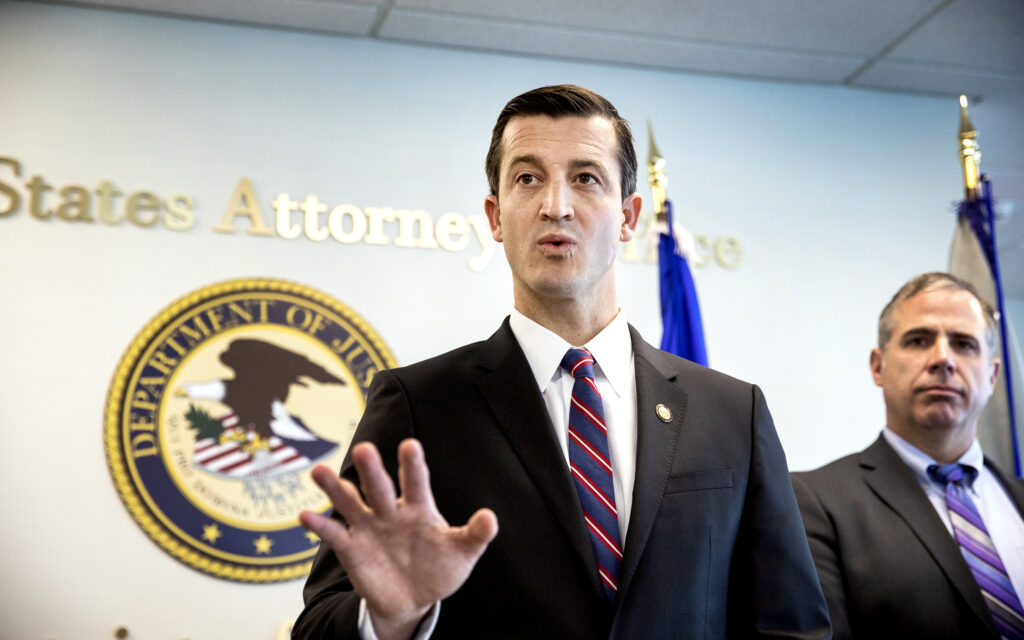
Efforts to improve collaboration were bolstered in November when the Department of Justice allocated $1.5 million to hire coordinators specializing in MMIW-related cases in 11 districts with significant Indian Country caseloads, including within the Nevada U.S. attorney’s office.
The new coordinators will be responsible for helping develop response guidelines and conducting outreach efforts in tribal communities.
The hires come as indigenous communities in Nevada and throughout the country have been raising awareness of the issue, especially around the fact that non-tribal police do not have jurisdictional authority when crimes are committed on tribal land unless explicitly authorized by Congress.
At the 2020 Reno Women’s March in January, for example, Tamika Fasthorse of the Fallon Paiute Shoshone tribe and her niece Makiala Hicks marched — Hicks with a painted red handprint over her mouth to symbolize the voices silenced by violence. Hicks carried a sign highlighting the case of her relative Sonny Lewis, who was fatally shot in 2013 outside a Reno Wal-Mart located on tribal land.
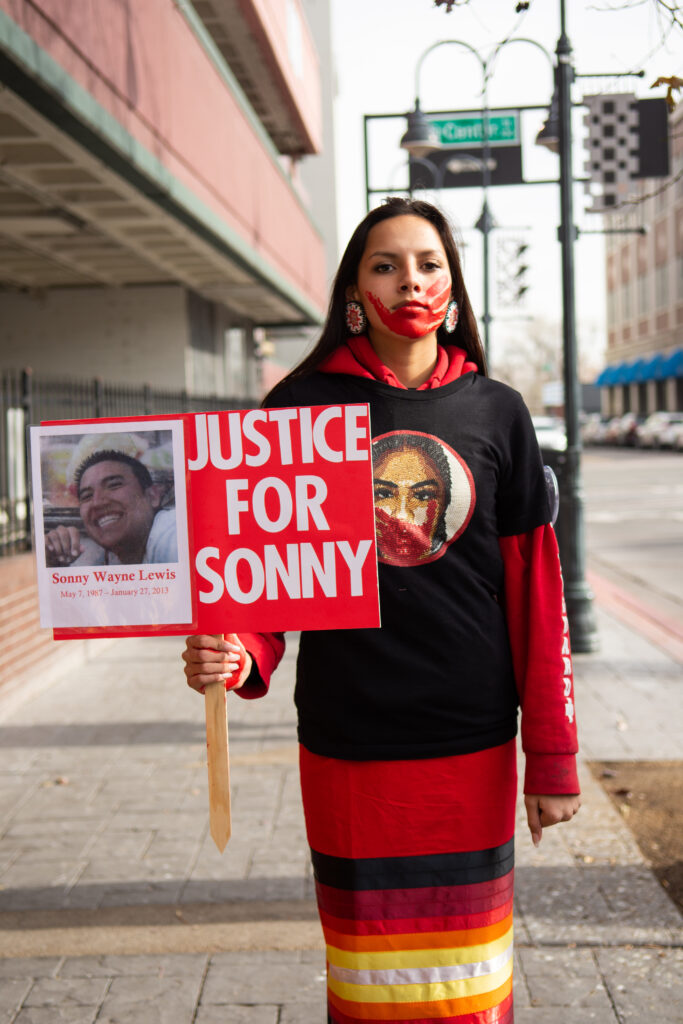
Fasthorse said she is not sure where the investigation into Lewis’ death stands.
Critics say the fact that tribal courts do not have criminal jurisdiction over non-Indians for conduct occurring on tribal land — a provision upheld by the 1978 U.S. Supreme Court decision in Oliphant vs. Suquamish Indian Tribe — means killers and abusers are seldom penalized or prosecuted for their crimes, especially given that non-Natives commit 96 percent of the sexual violence against Native women.
Legislation and other governing bodies have allocated more resources toward addressing MMIW, but those efforts are hampered by incomplete data and a tangled web of jurisdictions between federal, state and tribal law enforcement and prosecuting authorities.
“It's very disheartening to see that we have to use these type of events to bring awareness to our community, to bring awareness to all tribes across the nation,” Fasthorse told The Nevada Independent. “It's horrible. We get shamed ... We've been colonized, and genocides, and you’re just telling us to get over it."
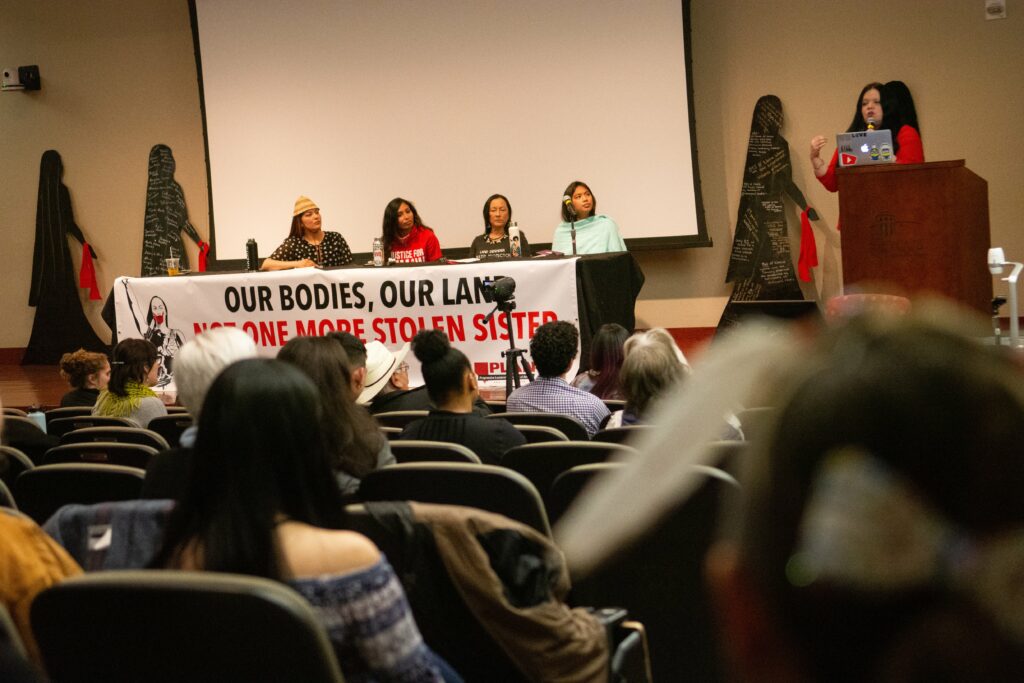
Montooth underscored that failure to achieve justice for victims results in lasting trauma among family and community members.
“When a loved one is harmed, it is horrendous,” Montooth said. “But when a loved one is harmed and you not only can’t find a solution or a way to rectify that, to bring justice, it’s despicable.”
Prosecuting cases in Indian Country
In Nevada, insufficient evidence has proven a barrier to prosecuting cases. The Executive Office of U.S. Attorneys (EOUSA) database showed that the Nevada USAO declined to prosecute nine suspects in 2018 for crimes of assault, murder and sexual assault and exploitation. Seven were declined for insufficient evidence and four were categorized as "sexual assault, sexual exploitation and failure to register as sex offender.”
Cases that are declined may be closed administratively or referred to another jurisdiction.
“What that means here in Nevada, is often is that it's been referred back to the tribal courts for prosecution,” Trutanich said.
Of 2,523 investigations nationwide that are listed as resolved in the EOUSA database, USAOs declined to prosecute 39 percent or 999 suspects. Almost 72 percent of cases that were declined were categorized as assault, sexual assault and murder, and almost two-thirds were declined because of insufficient evidence.
Trutanich explained that insufficient evidence was a common problem for prosecutors, not just those that work with tribal cases.
“When we're talking about declination rates, we're talking about the same challenges that are faced in prosecutions by a county district attorney,” he said. “So for instance, you might have an alleged domestic violence offense or an alleged sexual assault offense, in some cases on a minor, and the proof problems there are the same proof problems that that a deputy district attorney prosecuting here or any other county in Nevada might might have.”
He added that the high declination rates are “exacerbated” by the fact that some of these cases are in remote locations where law enforcement are not stationed. For federal crimes that fall outside of the jurisdiction of tribal law enforcement, longer response times can contribute to the pattern of offenders not being held accountable for violence against Native Americans.
“When we're looking at these investigations, we're going to look at how quick response times are making sure that investigators stay on the case throughout the investigation and carry it forward all the way to the point where a prosecutorial decision is made,” Trutanich said.
Montooth acknowledged these challenges but said they should not be an excuse to hinder successful efforts for greater data collection and solutions for MMIW.
“There’s these excuses that the tribal governments, police databases aren’t set up to share [data] with the [federal law enforcement],” Montooth said. “There’s these issues that the feds are remote and their reaction time and maybe their empathy level isn’t what it should be.”
In a push to address the prevalence of violence against native women, Trutanich said that beginning in 2018 his office has participated in at least eight conferences and trainings for law enforcement and tribal officers on topics including criminal jurisdiction in Indian Country, the Sex Offender Registration and Notification Act and other information relevant to addressing the shortcomings in the justice system that have precipitated MMIW.
Montooth said she was glad to hear Trutanich express dedication to the issue when he participated in a UNR panel about MMIW in February. But asked if she felt optimistic about the move, she said “optimistic” was “way too strong” a word.
“There’s a saying about the best predictor of future behavior is past performance,” she said. “If you think about that in connection to what the criminal justice system has been able to do to protect women — it’s not a stellar record.”

How Congress is addressing MMIW
Autumn Harry, a UNR graduate student, activist and member of the Pyramid Lake Paiute Tribe as well as an organizer of the UNR panel, said she was heartened by Trutanich’s presence at the forum.
“Having a [U.S.] attorney general who is in this higher position, who does have the power to make change within our communities — they like to talk about these issues, but if they’re not showing up to events or hearing our own voices it makes [making changes] really hard,” she said.
However, she said she’s still not completely satisfied by action in Congress, which includes the passage of Savanna’s Act and progress this week on the Not Invisible Act. The bills both aim to improve coordination between governing and law enforcement jurisdictions, and the Not Invisible Act also creates a commission to determine best practices for law enforcement.
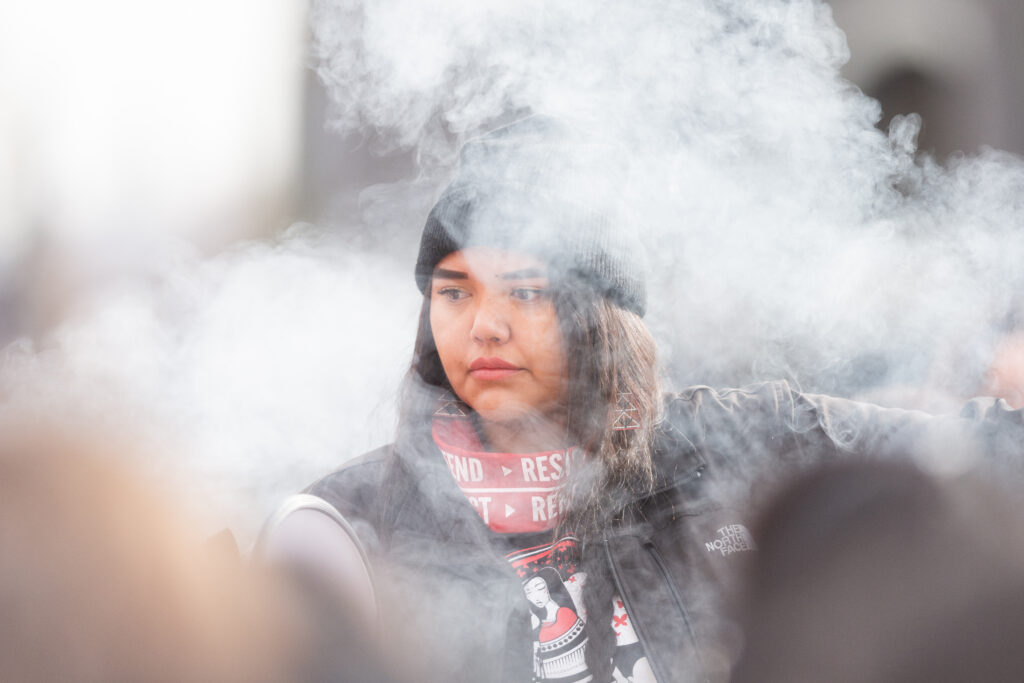
Harry said that the bills are “great in writing,” but thinks they should go further and rein in Nevada’s mining industry, which often attracts non-Native, out-of-state male workers to remote regions. The women living in nearby reservations are vulnerable to violent attacks from the workers, especially because of the fact that reservations have few resources to prosecute the non-Native men for violent acts committed in their communities.
“It’s great [Sen. Cortez Masto] is sponsoring [Savanna’s Act], but at the same time, she’s still supporting the mining industry,” Harry said. “They’re still continuing to develop and they’re still continuing to mine, which still puts our communities in danger.”
In 2013, tribes received the ability to exercise “special domestic violence criminal jurisdiction” over certain defendants regardless of tribal status “who commit acts of domestic violence or dating violence or violate certain protection orders in Indian country” as part of a partial repeal of the Oliphant decision in the Violence Against Women Reauthorization Act of 2013.
But the act did not cover crimes between two strangers even if a sexual assault took place, child or elder abuse that does not involve a protection order or crimes between non-natives.
Indigenous women speak up
At the UNR panel on MMIW, Douglas described how abuse and domestic violence exist in tribal communities and survivors are often discouraged from speaking up, which allows the violence to persist.
She said when she was a young child, a man sexually abused her, and when she started discussing it behind closed doors around the age of 14, other women and girls from her community told her they had similar experiences with the same person. She added that the man also threatened to kill her cousin for refusing his advances.
However, not much could be done because of jurisdictional boundaries, lack of concrete evidence, and the statute of limitations, a law stipulating a time limit for when someone can initiate legal proceedings after an event takes place.
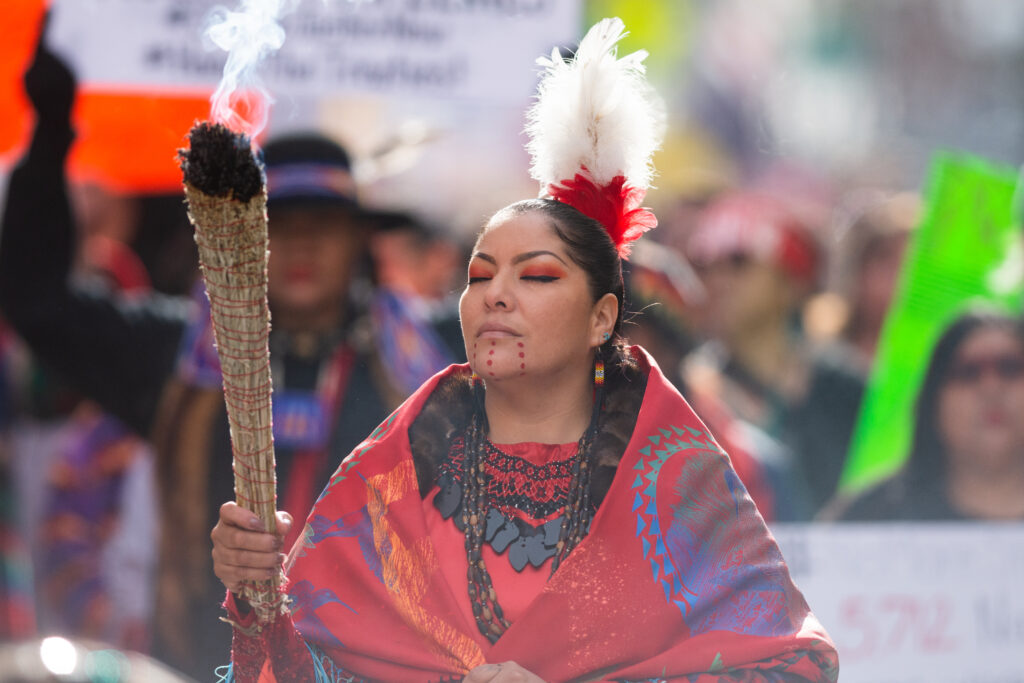
“Even though we may be here to mourn our sisters that are missing or murdered, there are still so many thousands of us that are alive and still battling these secrets, these issues,” Douglas said. “When I think about these girls who don't say anything, I think about the reasons why I didn't speak up.”
Similar to the ‘me too’ movement, the crisis of missing and murdered indigenous women depended upon suppression of voices calling for reforms and attention and fears of speaking up. As social media channels provided a platform for information to spread, activists used their voices to raise awareness of missing and murdered indigenous people.
Runner Jordan Marie Brings Three White Horses Daniel was another panelist at UNR. She described placing the acronym for missing and murdered indigenous women (MMIW) on her bib for marathons and racing with a red handprint painted over her mouth. For each mile she ran, she dedicated a prayer to an indigenous woman or girl who had been murdered.
Numerous newspapers and magazines featured Daniel in their pages, which drew more attention to the issue of Native people disappearing throughout the United States.
Daniel pointed out the importance of recognizing the historical context of the missing and murdered indigenous women as coming long before the ‘me too’ movement which helped elevate the issue. She pointed to the cases of Sacagawea, who was kidnapped and sold to a fur trader before becoming a guide for explorers Lewis and Clark, and Pocahontas, who was also kidnapped.
“Sacagawea, Matoaka or Pocahontas, they're ‘me too.’ They are our first MMIW,” she said.
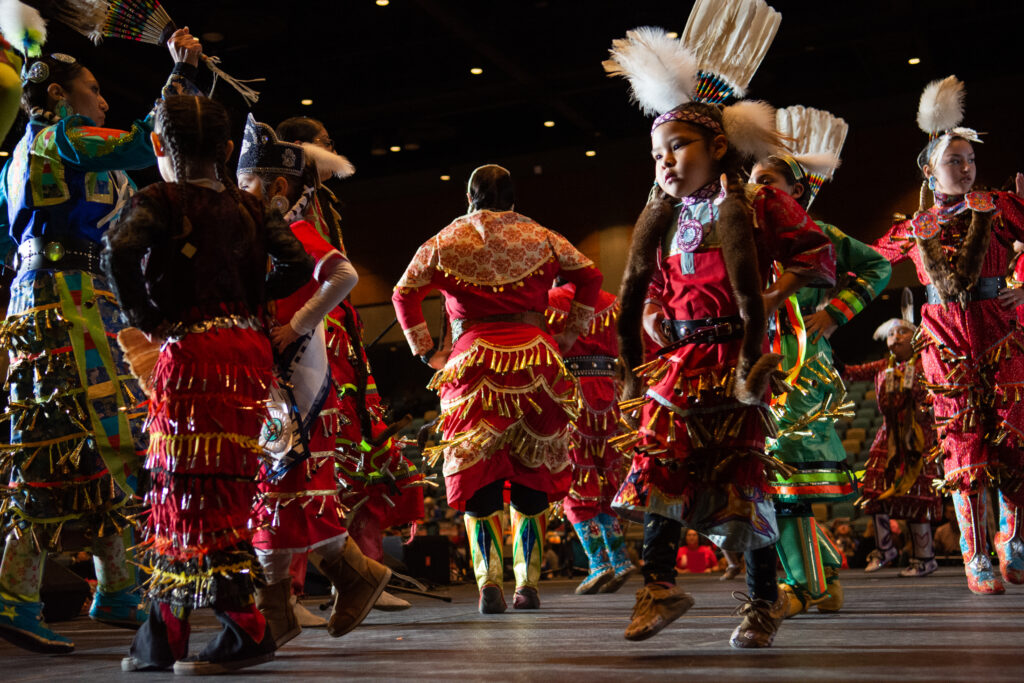
Community and individual healing
Panelists at the UNR event emphasized that amid the heartache of missing and murdered women in their communities, there needs to be room for laughter, hope and healing.
“We repeat statistics about our sexual assault and violence and the attempts to take our futures from us and the stories about our deaths, not our lives, not our futures,” said Dr. Cutcha Risling Baldy, an assistant professor and department chair of Native American Studies at Humboldt State University. “That’s not what I want to do ... this is a story about us and if we recenter our resurgence, our fights, our resistance and the fact that we will do it.”
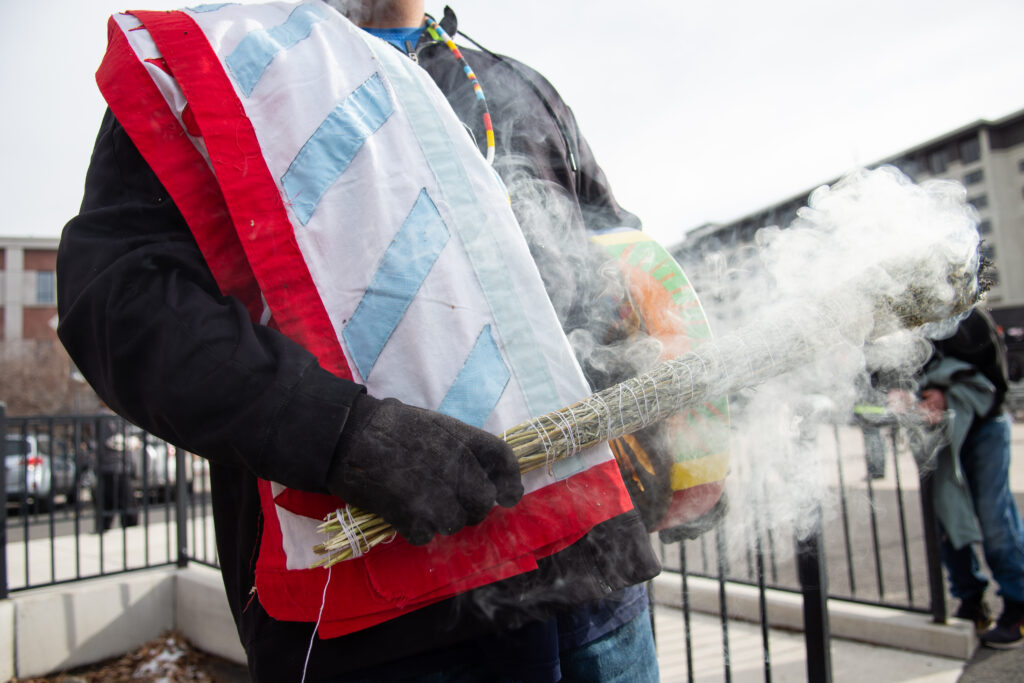
Montooth said she hopes to have six new speakers a year from now on at the panel discussing how they found their way home after their cold cases were solved.
“I would love to hear six women talk about solutions to something that has happened in the past,” she said. “And I would love to hear about all the new processes in place so that this can never happen again.”


